Facebook custom audiences are the holy grail of targeting.
With nearly unlimited ways to include and exclude audiences, you’ve got a gold mine at your fingertips.
But it’s a blessing and a curse.
Most marketers throw in a few demographics and call it a day.
And when you’re using custom audiences, you can’t settle.
There are so many options and ways to customize a custom audience that it can quickly become overwhelming.
But audience targeting should be your top priority.
It doesn’t matter how amazing your offer or ad copy is. If you don’t have the right audience, you won’t drive conversions.
Audience targeting is everything.
Even if you have a sub-par offer or a weak value proposition, you can still convert users for cheap if your audience is on point.
The key to a better quality score and cheaper costs is creating a custom audience that is “custom” enough.
Thankfully, there are a few ways to fix your custom audiences once and for all.
You can funnel traffic from brand awareness down the funnel to a conversion.
Here’s why your Facebook custom audiences aren’t custom enough and how to fix them.
Most custom audiences aren’t specific enough
Most custom audiences lack the specificity needed to convert traffic at a reasonable rate.
Let me preface this by saying that it’s not your fault.
Facebook actually leads you astray when you go to create ads on their platform.
For example, when you log in to the Business Manager and go to create a new ad, they point you in the direction of a saved audience:
They ask you to create a new audience with basic demographics.
If you don’t know your way around the Business Manager well enough, you’re missing out on tons of customization.
Don’t get me wrong. Saved audiences are incredible.
They allow you to create super-targeted lists, but you can’t just stop there.
Facebook’s setup process steers most marketers wrong, and it’s tough to recover from it when you’ve depleted your budget.
That’s why, according to Inc, 62% of small business marketers say that Facebook Ads simply don’t work.
If you take a minute to read that study, you’ll find a few glaring statements that tons of small business marketers made that show you the why behind this statistic.
Many say that they are getting thousands of impressions, but almost no conversions.
They’re spending thousands of dollars on advertising, but they can’t get someone to click.
And this tells me one major thing:
Their audience targeting is missing the mark. It isn’t custom enough.
It shows that people aren’t interested at all. Impressions are a vanity metric, but they also tell you whether or not your ads are working.
If your CTR is almost nonexistent, your audience isn’t working.
For example, if you only include basic demographic targeting and a few interests and exclusions, you get an audience size that is massive:
You can’t reasonably expect to get a conversion rate over 1% when your audience is 220 million.
That would be millions of conversions.
If you’re getting that many conversions, then you might have faulty conversion tracking.
So it’s no wonder that small business marketers aren’t finding success.
On top of that, when you head to create a custom audience based on website visits, Facebook’s default is targeting all of your website visits:
While targeting all website visits can be a cheap way to bring back traffic, it’s not optimal.
In fact, you’ll probably waste your money and time in the process.
Why? It’s because not everyone who visits your site is interested in what you’re selling.
I visit thousands of sites a week, but that doesn’t mean I want to buy from all of them!
With custom audiences, you have to get specific. You have to decipher intent from every page visit.
One of the best ways to do this is by heading to Google Analytics and seeing which pages on your site are driving conversions.
Open up Analytics and navigate to the conversions report under “Goal URLs:”
From here, you can analyze what specific pages on your site are responsible for converting traffic:
For example, does most of your traffic convert on an evergreen blog post?
Or, maybe they convert on a lead-magnet landing page for your latest e-book.
The goal here is to decipher what pages are responsible for pushing someone “over the edge” to give you information.
Jot down anything that stands out here.
Next, head to the “Behavior Flow” report to see how people interact with your site:
Analyze what web pages people are navigating to before hitting a conversion.
Do you notice any patterns, trends, or common pages?
Jot these down.
These give you an idea of intent.
For example, if you notice that people are hitting a blog post, then a features page, and then a pricing page, you can tell that they have intent to buy.
Why? They’ve shown interest in everything about your brand.
Now, you can use this information to leverage a highly-customized custom audience.
Create a custom audience funnel
Now that you’ve gathered some data from Analytics and understand the need for specificity, it’s time to create a Facebook custom audience funnel.
This will help you drive traffic from the top of the funnel all the way to a final sale.
The typical sales funnel on Facebook looks something like this:
You first need to drive traffic that hasn’t heard of you by using a saved audience with brand-based ads.
Next, you target them with a standard remarketing parameter to secure them as a lead.
Lastly, you convert them to a sale with the most specific and targeted audience factors around:
Intent and frequency based on specific URL visits.
Here’s how to set up a custom audience funnel to maximize specificity and bring in more conversions.
Step 1. Create a hyper-specific saved audience
The first step when creating more specific custom audiences is to create a saved audience that can help you bring in traffic that hasn’t heard of you.
To do this, you need to use a saved audience and multiple interests and exclusions.
Head to your Business Manager and navigate to the audiences section:
From here, create a new saved audience.
Name it the first step in your funnel so that you can easily recognize it when creating ads.
Next, you need to plug in basic demographics about your typical customer.
This will help narrow the pool slightly, which will make a big difference when you get into interests and exclusions.
If your audience is mostly female, don’t bother targeting “All.”
You’ll just make your audience larger with a smaller likelihood of converting them.
That will make your conversion rates dramatically lower.
The key here is to hone in on your best audience types.
Once you’ve plugged in basic demographics and any location-based targeting, it’s time for the meat and potatoes:
Interests and exclusions:
What are these?
Essentially, they are super-targeted metrics that can help you bring your audience down to a smaller pool.
You can exclude specific groups, interests, or even income levels, and include the same.
When you just use demographics, your audience size is too large.
Even one or two interests and exclusions isn’t enough.
To get started, outline the most common interests of people who buy from you.
For example, if you sell inbound marketing services or a CRM, you could easily select a competitor as your interest selection:
This is one of the best ways to poach potential sales.
Next, sort the interests by more specific categories relating to your business:
As you include and exclude people from your lists, you should see the list size shrink:
The goal here is to get your audience to the 500k mark. I’ve found that a list this size is perfect for driving non-brand aware traffic.
An amazingly helpful next step is to sort your interests by income level.
What are the typical income levels of your buyers? Do you sell a highly expensive, elite software program to B2B corporations? If so, you probably don’t want to target users with a low income.
Next, it’s time to move onto the exclusions to narrow your audience even further:
Do you have trouble selling to mid-management and sales teams? Then exclude them.
Do you sell SEO services? Exclude people who are interested in PPC and online advertising.
Get as specific as possible until you’ve narrowed it down to an audience of 500,000.
The last step is to scroll down to “Connections” and exclude people who already like your Facebook page:
Now that you’ve got this done, you can start to target new users who haven’t heard of your brand before.
That means that you’ll be driving entirely new traffic that you can funnel through the sales process.
Let’s move to step 2.
Step 2. Create a lead magnet custom audience
The first step of your audience customization was to drive traffic from people who haven’t heard of you before.
Now it’s time to get even more specific with a remarketing-based custom audience.
The goal here is to create a custom audience to target with lead magnets based on the visits you just drove with a saved audience.
Custom audiences for remarketing are the holy grail of conversions.
Saved audiences will drive a bunch of great traffic to your website and Facebook page.
Now, you just need to get a lead magnet in front of them.
To get started, head to the Business Manager and create a new custom audience.
Here, you’ve got two main options to pick from that you can funnel traffic from your saved audience into:
Website traffic or page engagement.
If you pick engagement, you can choose between two popular methods:
Facebook Page or Instagram business profile.
Facebook and Instagram are both great ways to convert traffic with lead magnets.
If they’ve engaged with your previous ad or page, you can target them with higher specificity and get them to convert directly on social media itself rather than on your site.
Next, select multiple engagement factors for this audience:
- Target everyone who engaged with your page rather than just those who visited your page. Engagement shows a higher level of interest than a simple visit.
- Select people who have engaged directly with a post or ad. This will funnel traffic from your previous saved audience ads.
- Lastly, exclude people who have already interacted with a CTA, as they likely converted already.
Use this diverse custom audience to convert your now-brand aware traffic into leads.
If you prefer to base the traffic on website visits, you can try the following customization:
In the URL box shown, paste the URL that you used in the saved audience ads.
This way, you instantly funnel the traffic that ended up clicking but not converting in your first audience.
That will help you close the gaps and instantly funnel traffic from top to bottom!
If they clicked on your saved-audience-based ads, landed on a landing page, but didn’t convert, then target them with your new custom audience.
The fact that they clicked shows interest and need. Targeting them again with a new custom audience is likely to secure them as a lead for your funnel.
Step 3. Close the deal with intent and frequency measures
When it comes to closing sales and getting more conversions, intent is everything.
If someone shows that they aren’t interested, stop wasting money on them.
It’s just like an email list:
If you notice that someone hasn’t responded to the last 10 emails, they’re probably sick and tired of you.
You’re just wasting money and getting a lower conversion rate.
The idea in this step is to get hyper-specific by targeting specific page visits that show intent.
Do you remember the Analytics data we gathered earlier in this post? This is where it comes into play.
Getting as specific as possible is going to net the best conversions for your business.
You won’t waste money and you’ll have a much higher conversion rate if you are targeting the best of the best.
To get started, head to the Facebook Business Manager and create a new custom audience.
Next, select “Website Traffic” as your custom audience type:
First, change the criteria to “People who visited specific web pages.” This will allow you to target high-intent pages.
Pro tip: Change the date range to the last 90 days rather than the last 30. Most people won’t convert in a short period of time, and running a 30-day list risks them falling off before a conversion action takes place.
Next, type specific URLs into the box that show intent. Refer back to your notes from the first section of this post in Analytics.
With these settings, someone has to land on a blog post and then explore your pricing and features page to qualify for this audience.
Why would you want this? It adds greater specificity.
Most custom audiences are too basic.
But you aren’t done yet. You’ll want to further refine this data by frequency.
Hit “Further refine by” and select the frequency measure.
Set the frequency to “greater than or equal to 2.”
This simply means that someone has to land on your page more than once to qualify for the list.
That means that they’re a repeat visitor with lots of intent.
This is your gold-standard list that is going to convert at a much higher rate.
Think about it:
Would you rather target a list of millions and convert 200 people or target a list of 500 and convert nearly all of them?
This is the final step in your conversion funnel.
Using these three custom audiences that are hyper-specific can help you funnel traffic from one step to another all the way down to a conversion.
Conclusion
Facebook custom audiences are amazing when it comes to driving sales and conversions.
The audience targeting is almost unparalleled by any other advertising platform.
With thousands of ways to reach customers, you can never get tired of creating a new custom audience and watching the conversions roll in.
But with such diverse customization options comes trouble.
It’s now almost too complicated, and most marketers settle for demographic targeting or a basic remarketing script.
But targeting your website visits, in general, won’t bring a conversion rate over a few percent.
Thankfully, there are a few ways you can further customize your custom audiences.
Start by getting specific. Specificity is key when it comes to driving visits that are more likely to convert.
Most people get hung up on audience size rather than driving visits with a higher chance of closing a sale.
Next, set up a custom audience funnel.
You can start by creating a saved audience to drive brand-aware traffic.
Next, create a specific remarketing list that you will target with lead magnets.
Lastly, close the deal by factoring in intent with specific page visits and frequency.
Facebook custom audiences need to be as specific as possible if you want to drive more conversions.
What are your favorite custom audience types to get more traffic and sales?

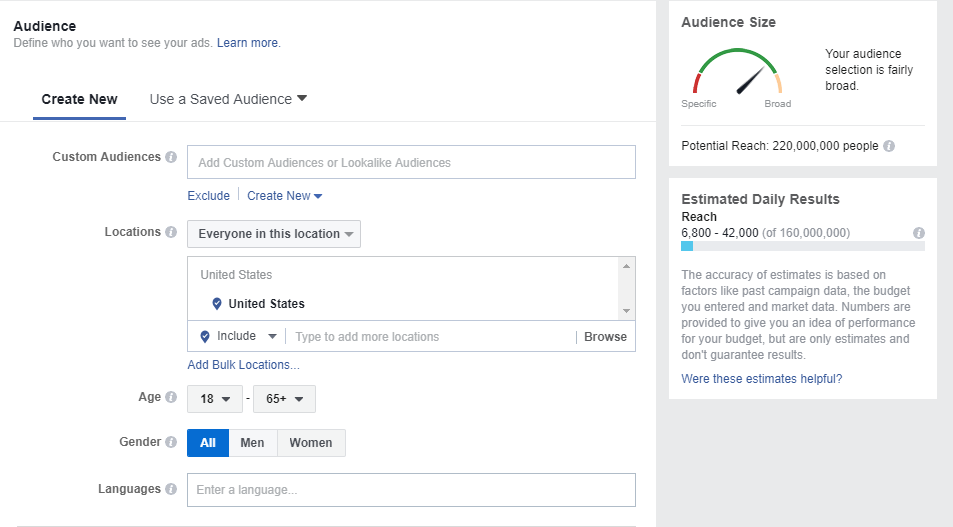
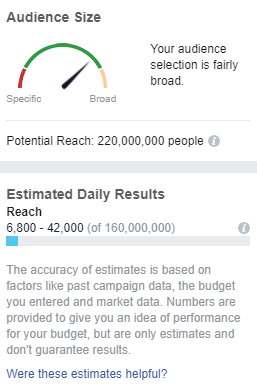
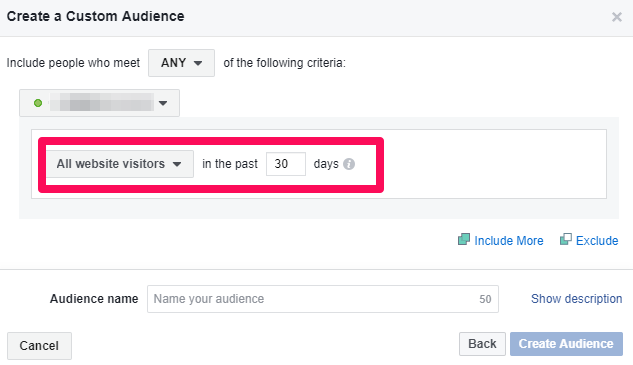
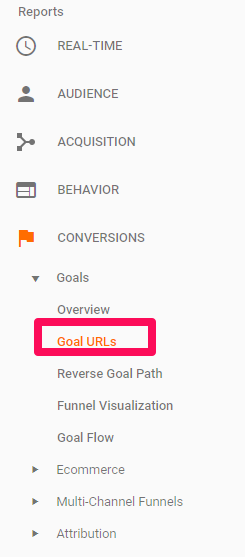
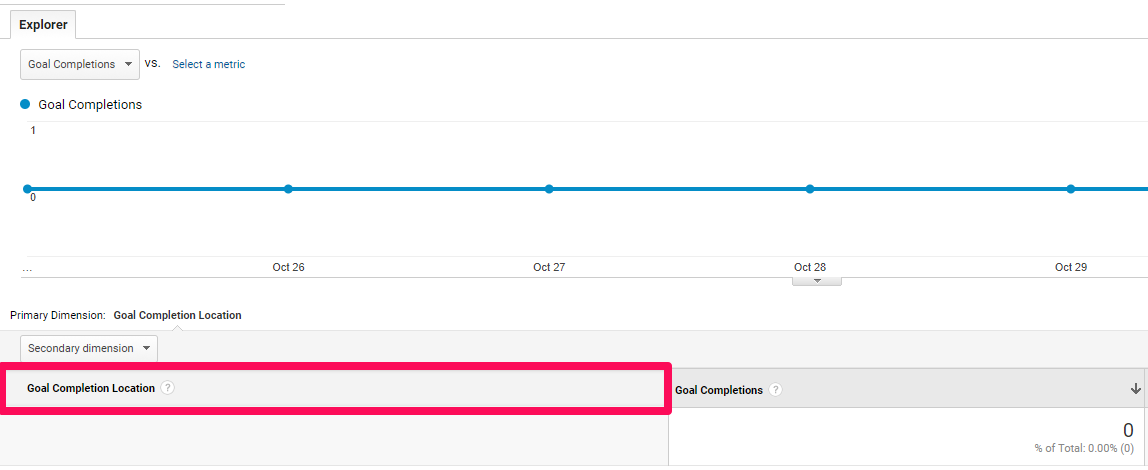
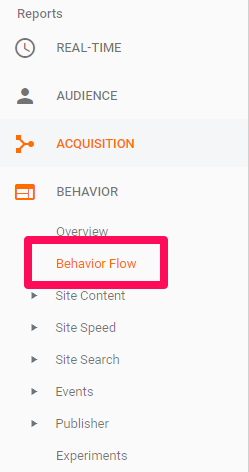
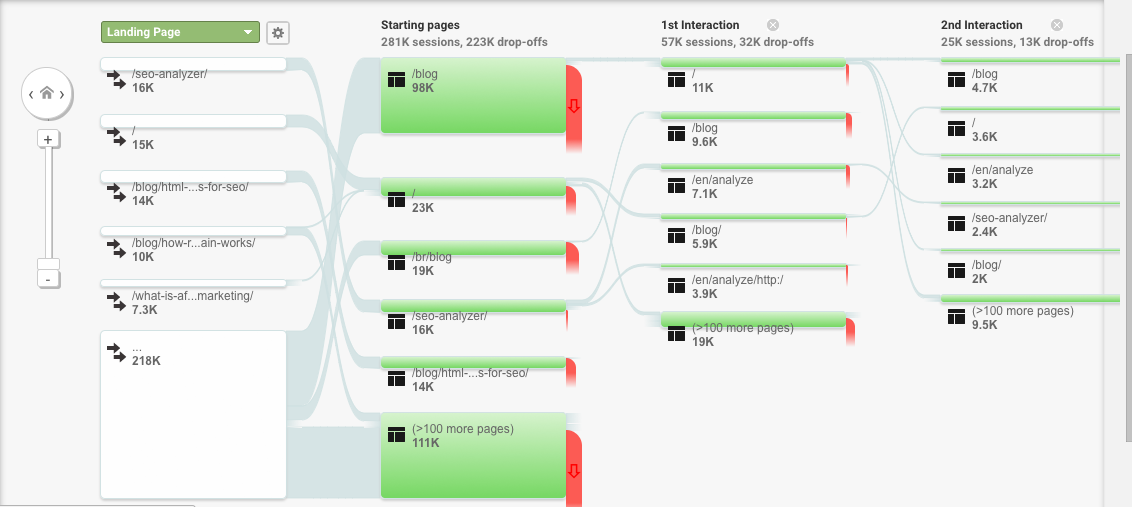
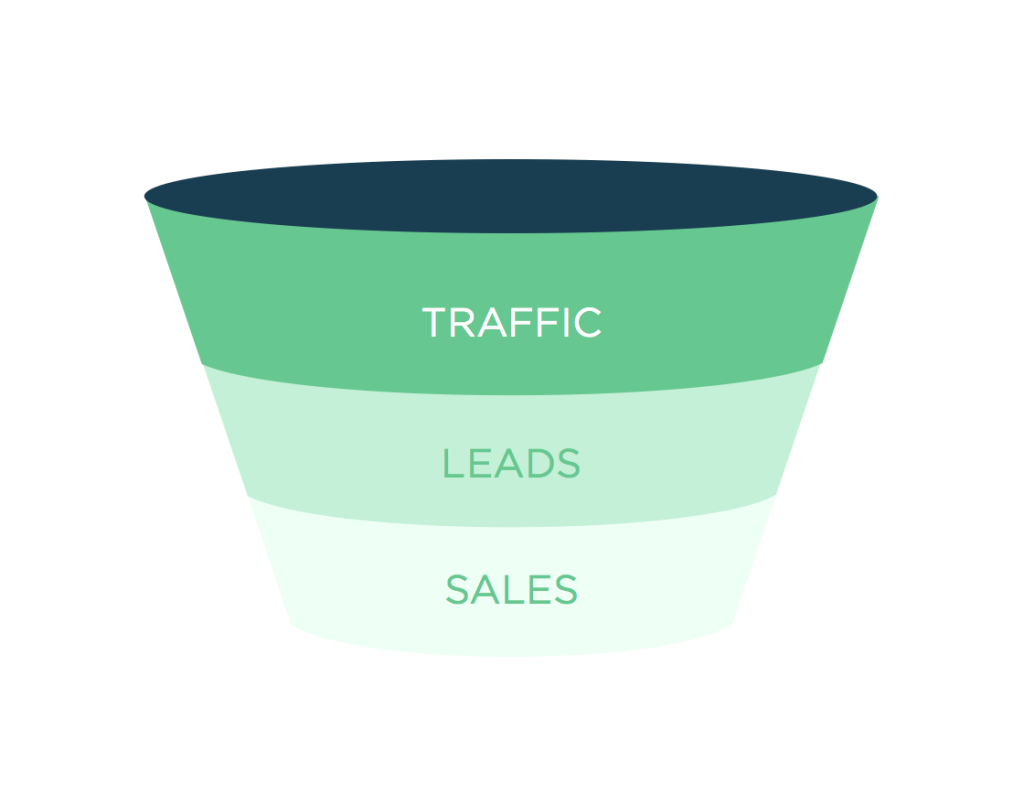


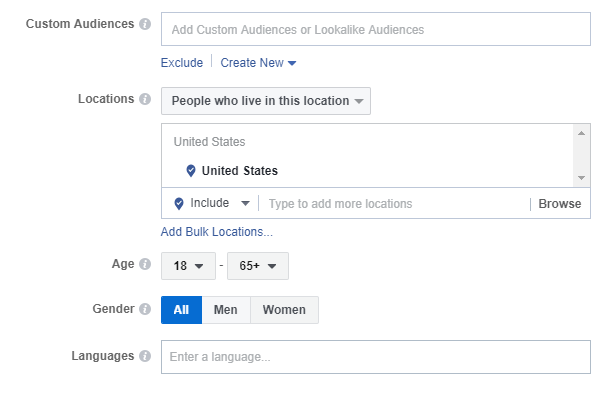

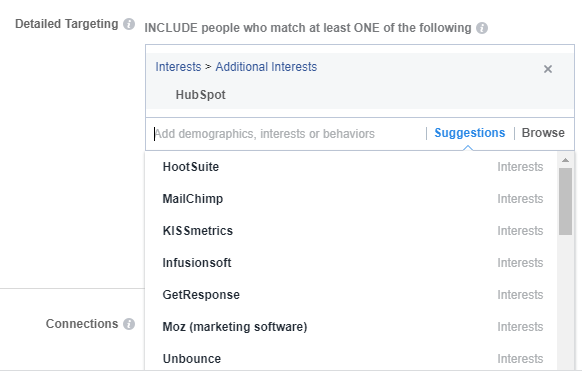
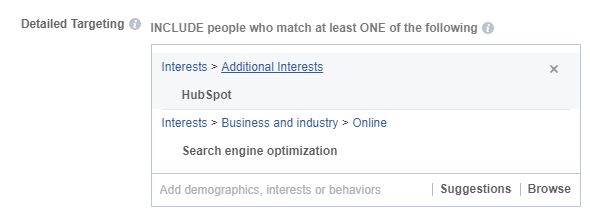

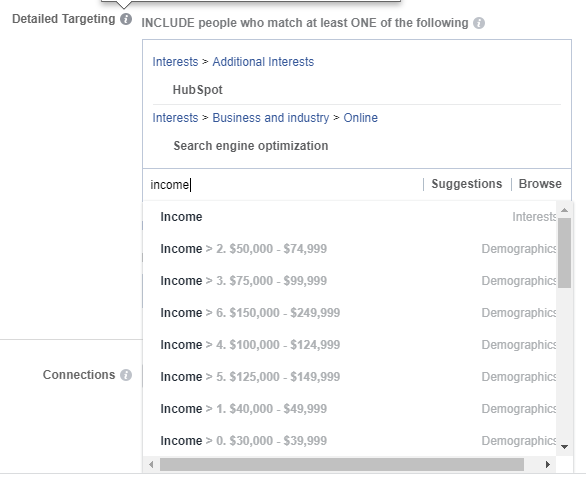
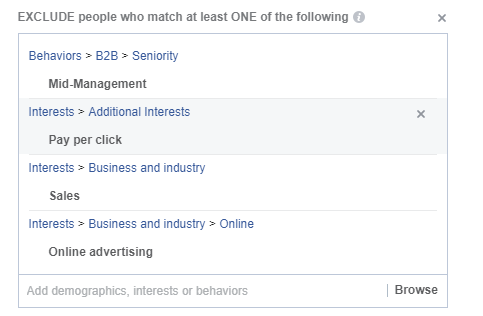

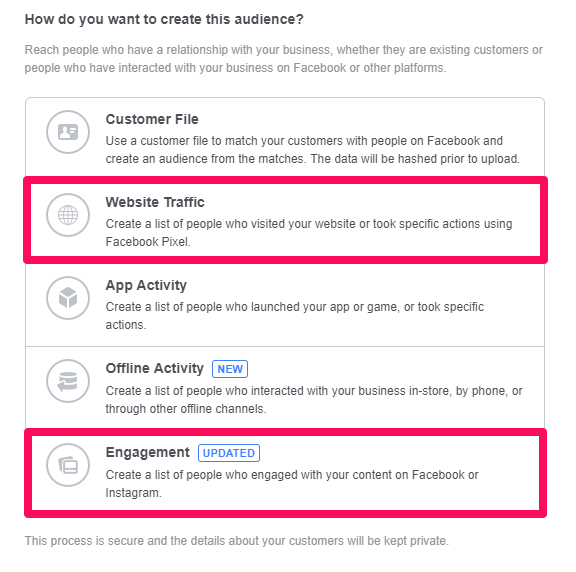
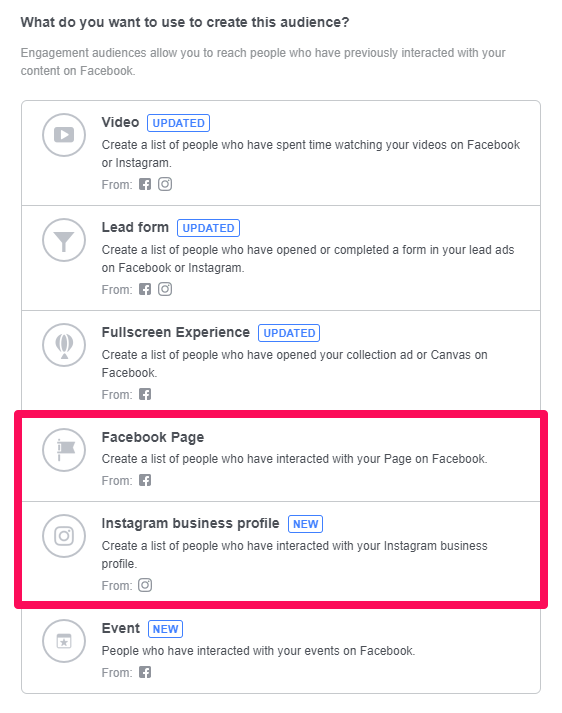
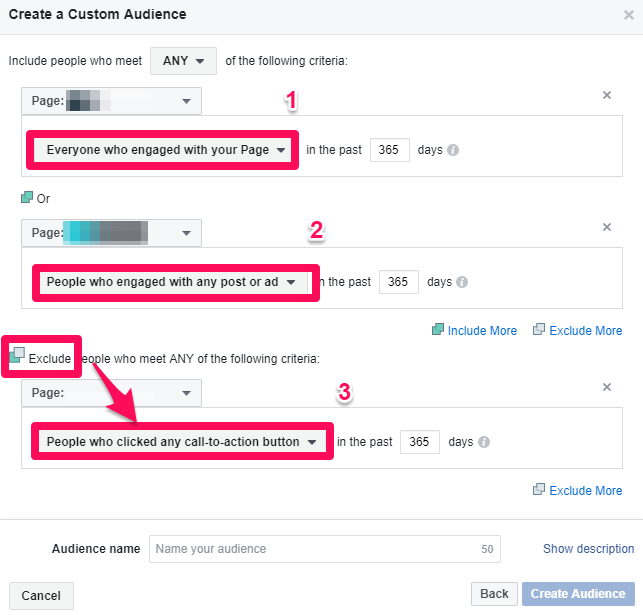

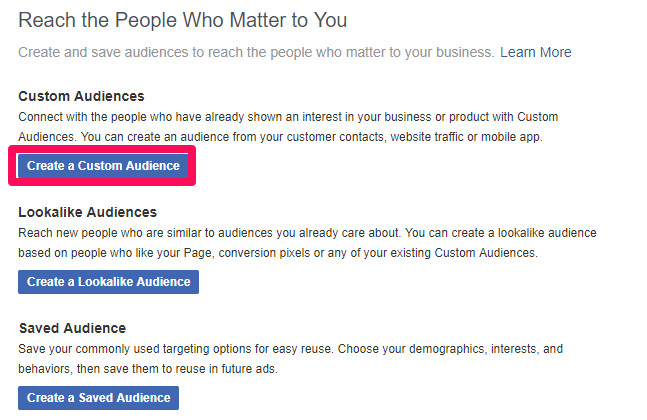

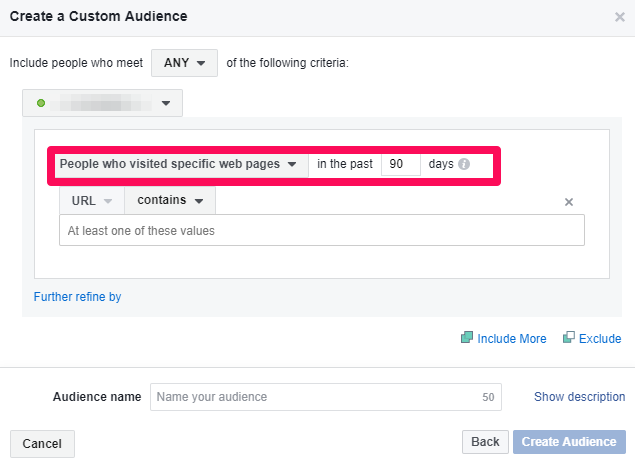
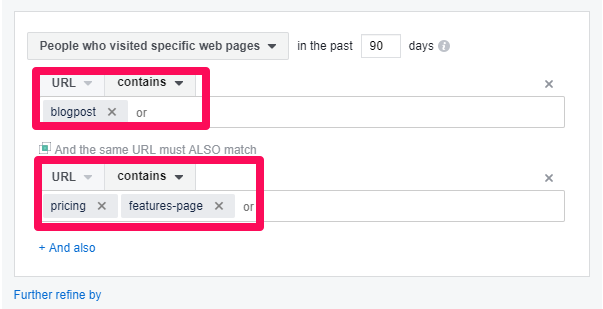
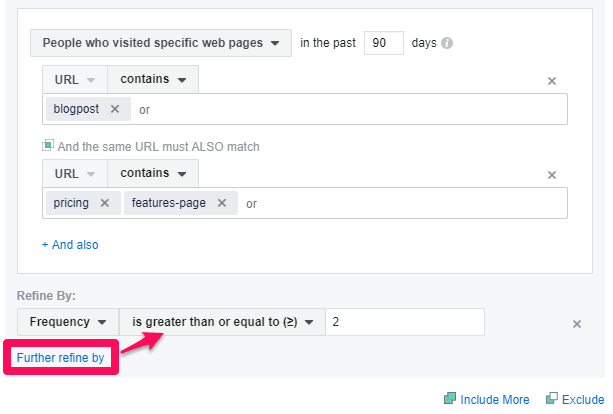
Comments (16)